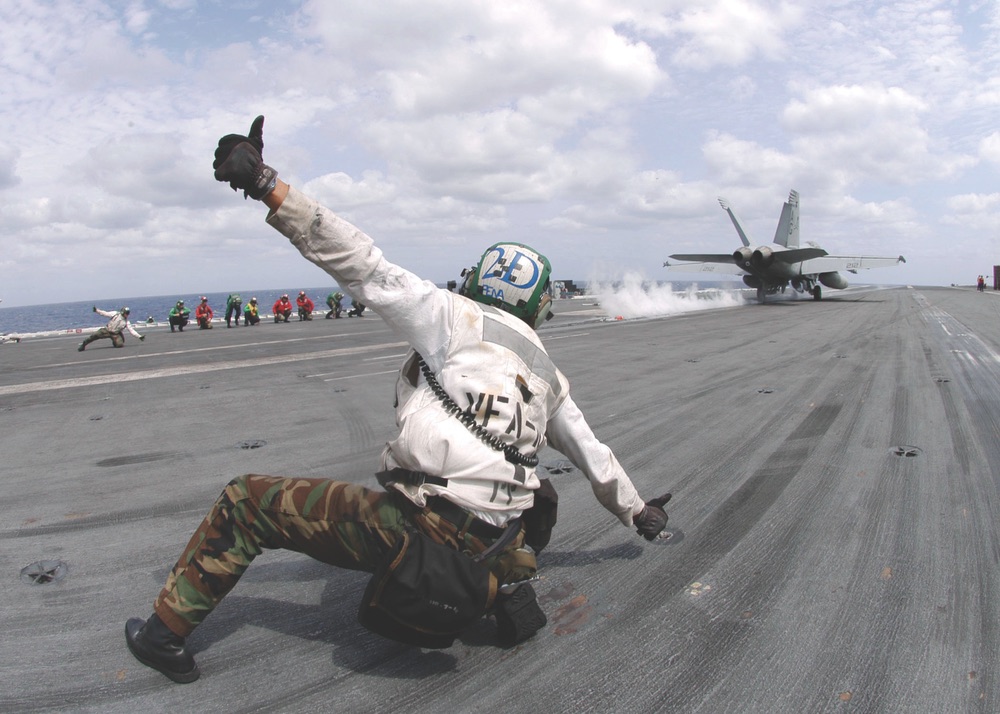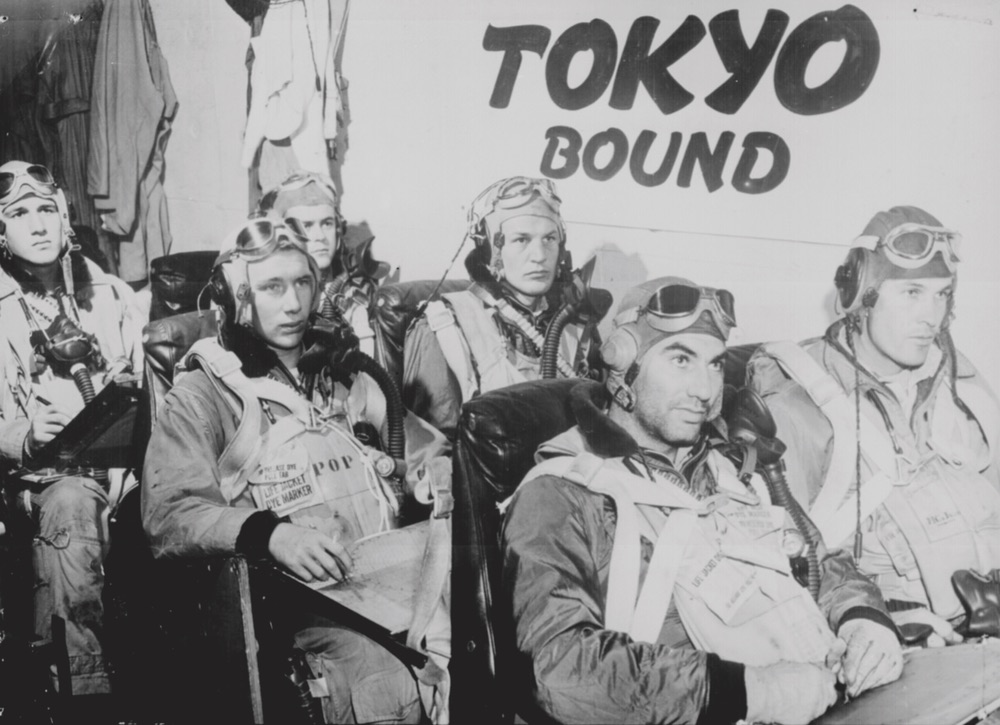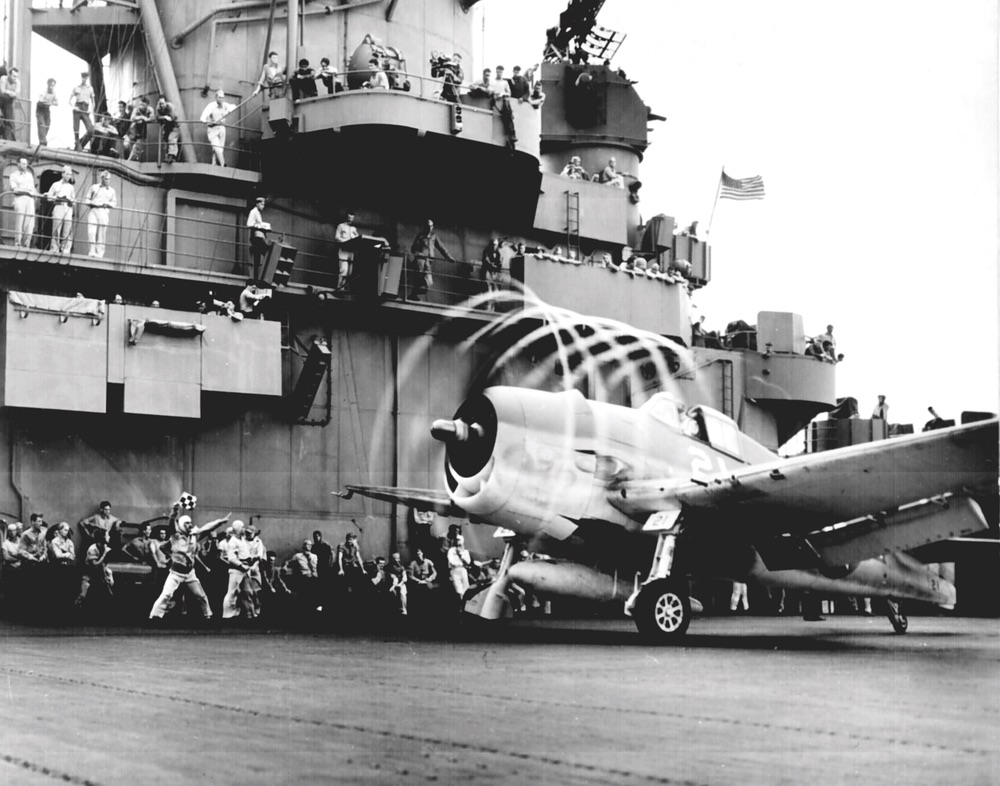
vie-magazine-naval-aviation-centennial-feature
The Centennial of Naval Aviation: 1911–2011
By Bill Weckel
In 2011, the U.S. Navy, U.S. Marine Corps, and U.S. Coast Guard join forces to celebrate one hundred years of Naval Aviation. This yearlong event reflects on a century of innovations, achievements, and sacrifices that have shaped these services into an instrument of U.S. foreign policy, capable of global reach.
The President of the United States has, at his disposal, no less than eleven carrier strike groups, each with an air wing numbering up to eighty combat aircraft and capable of delivering ordnance, including tactical nuclear weapons, anywhere in the world. A single carrier strike group constitutes a force more powerful than most countries’ entire militaries. It’s no wonder that in times of crisis, often the first question asked is: “Where are the carriers?”
NAS Pensacola, located on Northwest Florida’s Gulf Coast, is the United States’ oldest naval air station and the primary training site for all Navy, Marine, and Coast Guard aviators and Naval Flight Officers. Regarded as the Cradle of Naval Aviation, and home to the Naval Aviation Museum as well as the Blue Angels flight demonstration team, it is the obvious choice to host the events and activities comprising the centennial celebration.

AMM3 Joel Pena gives a thumbs-up as an F/A-18 Super Hornet is launched from the USS Eisenhower. Photo: U.S. Navy
Although the Navy expressed its first interest in powered aviation as early as 1898—a full five years before the Wright brothers’ historic flight at Kitty Hawk—it was the year 1911 that saw the official creation of a naval flight training program.
The Navy quickly realized the airplane’s potential as an observation and reconnaissance platform. Launched from a ship and equipped with another of the Navy’s newest technological innovations—the wireless telegraph—a single aircraft and crew could now replace the cruiser, a large and fast armored warship, which had traditionally fulfilled the fleet’s scouting duties. Efforts quickly focused on how best to embark and operate aircraft aboard the Navy’s ships.
These earliest naval aircraft often presented more of a threat to the aviators piloting them than they did to the enemy. Accidents and mishaps were common, and many aviators lost their lives while perfecting the art of launching and recovering aircraft at sea.
Just four months after the establishment of a Naval Air Station in Pensacola, Europe plunged into what would become known as The Great War. World War I sparked rapid advances in military aviation, expanding the role of the airplane from simply an observation platform to that of an offensive weapon, capable of bombing enemy forces both ashore and at sea, as well as shooting down the enemy’s aircraft.

Sailors aboard the USS Carl Vinson ready one of VFA-25’s Hornets for a “cat shot.” Photo: U.S. Navy

Photo aboard a U.S. Navy aircraft carrier receive last minute instructions before taking off to attack industrial and military installations in Tokyo, February 17, 1945. Photo: National Archives and Records Administration
Not everyone in the Navy recognized the aircraft’s potential as an effective offensive weapon. Much of the Navy’s leadership still regarded the battleship as the centerpiece of naval strategy. These “battleship admirals” believed that future conflicts would be decided by a grand clash between large fleets of battleships. It wasn’t until an Army officer, General Billy Mitchell, demonstrated (much to the embarrassment of the Navy’s old guard) that bomb-carrying aircraft could locate and destroy these mighty castles of steel.
If Mitchell’s demonstration left any lingering doubts among the U.S. Navy’s leadership, these were erased on December 7, 1941, when, operating from a striking group consisting of six aircraft carriers, pilots of the Imperial Japanese Navy decimated the U.S. Pacific Fleet in a surprise attack on the Hawaiian Islands.
World War II ushered in a complete and profound change in naval doctrine and strategy. The carrier task force would become the Navy’s primary offensive weapon and lead the U.S. effort to defend Australia, recapture territory throughout the Pacific, and eventually carry the war to the Japanese home islands.
The Battle of the Coral Sea, a strategic victory for the U.S. Navy, would be the first naval battle in history in which aircraft carriers engaged each other; and, it was the first in which neither side’s ships came within visual or firing range of each other. Carrier-based aviation remained at the forefront of U.S. military strategy and played a critical role in all theaters of war.
The Korean Conflict, the Vietnam War, and the Persian Gulf War were no different. In each case, naval airpower was utilized extensively. Today, in Afghanistan and Iraq, U.S. Navy, Marine Corps, and Coast Guard aviation units and personnel are involved in combat operations against insurgent and terrorist groups operating in those countries.
The focal point of modern Naval Aviation is, without doubt, the supercarrier. These Nimitz-class nuclear-powered aircraft carriers are capable of sustained combat operations, on short notice, anywhere in the world, unhindered by the limitations of diplomacy and requiring no permission from foreign governments. This provides our leadership with an incredible array of options when dealing with crises, contingencies, and natural disasters.
During NAS Pensacola’s weeklong celebration marking this important anniversary, the entire range of current Navy, Marine Corps, and Coast Guard aircraft were on display, as well as many historic aircraft. Navy F-18 Super Hornets shared the tarmac with Coast Guard Dauphin helicopters, Marine Corps Harriers, and restored aircraft spanning nearly eight decades.


Dynamic static. F6F Hellcat aboard USS Yorktown November 1943. Photo: National Archives and Records Administration
The week was a veritable who’s who of Naval Aviation, both past and present. Distinguished guests included many high-ranking officers from the Naval Aviation community, noted historians, and retired military. The most notable, however, were the World War II pilots, like ninety-year-old Burrel Sumner. Sumner, a Marine Corps F4U Corsair pilot who went on to fly the A1D Skyraider during the Korean Conflict, took to the air once again in the cockpit of an N2S-4 Stearman—the same type of aircraft he learned to fly in at NAS Pensacola nearly seventy years ago.
The past century has seen U.S. Naval airpower transformed from a small scouting force used in support of the battle fleet to a robust and powerful strategic military asset, capable of a wide range of missions from conventional operations, such as antiship, antisubmarine, and air combat operations, to twenty-first-century missions including counterinsurgency, counterterrorism, antipiracy, and humanitarian operations. U.S. Naval Aviation once again finds itself at the bleeding edge of innovation as it prepares for the transition to next-generation stealth aircraft like the F-35 Joint Strike Fighter, and unmanned aerial vehicles like the Predator and Reaper.
One hundred years later, Naval Aviation is alive, well, and stronger than ever along Florida’s Gulf Coast.
— V —
VIEtv Celebrates 100 Years of Naval Aviation from VIEzine on Vimeo.
Share This Story!
KEEP UP WITH THE LATEST STORIES FROM VIE


















































































































































